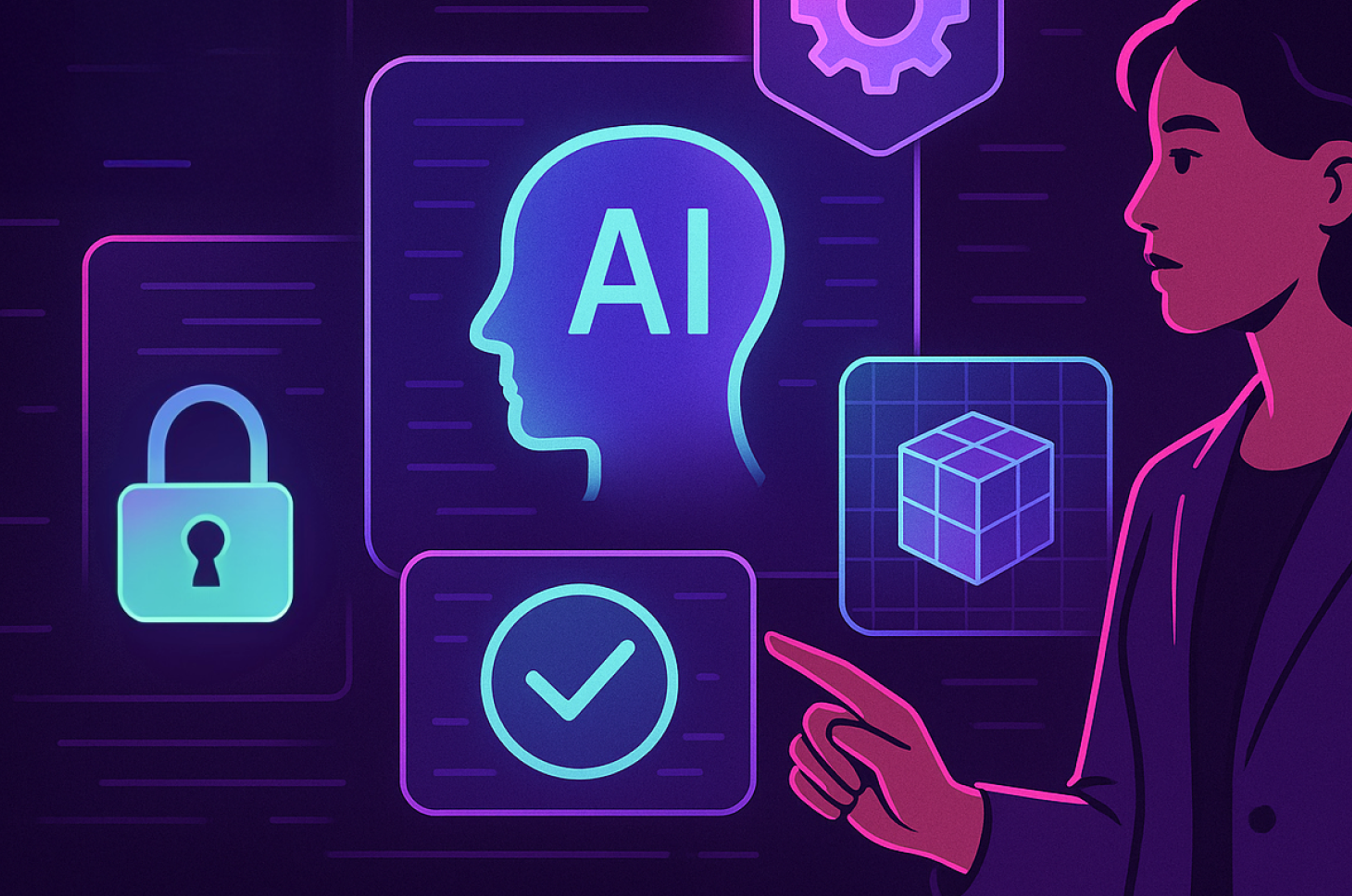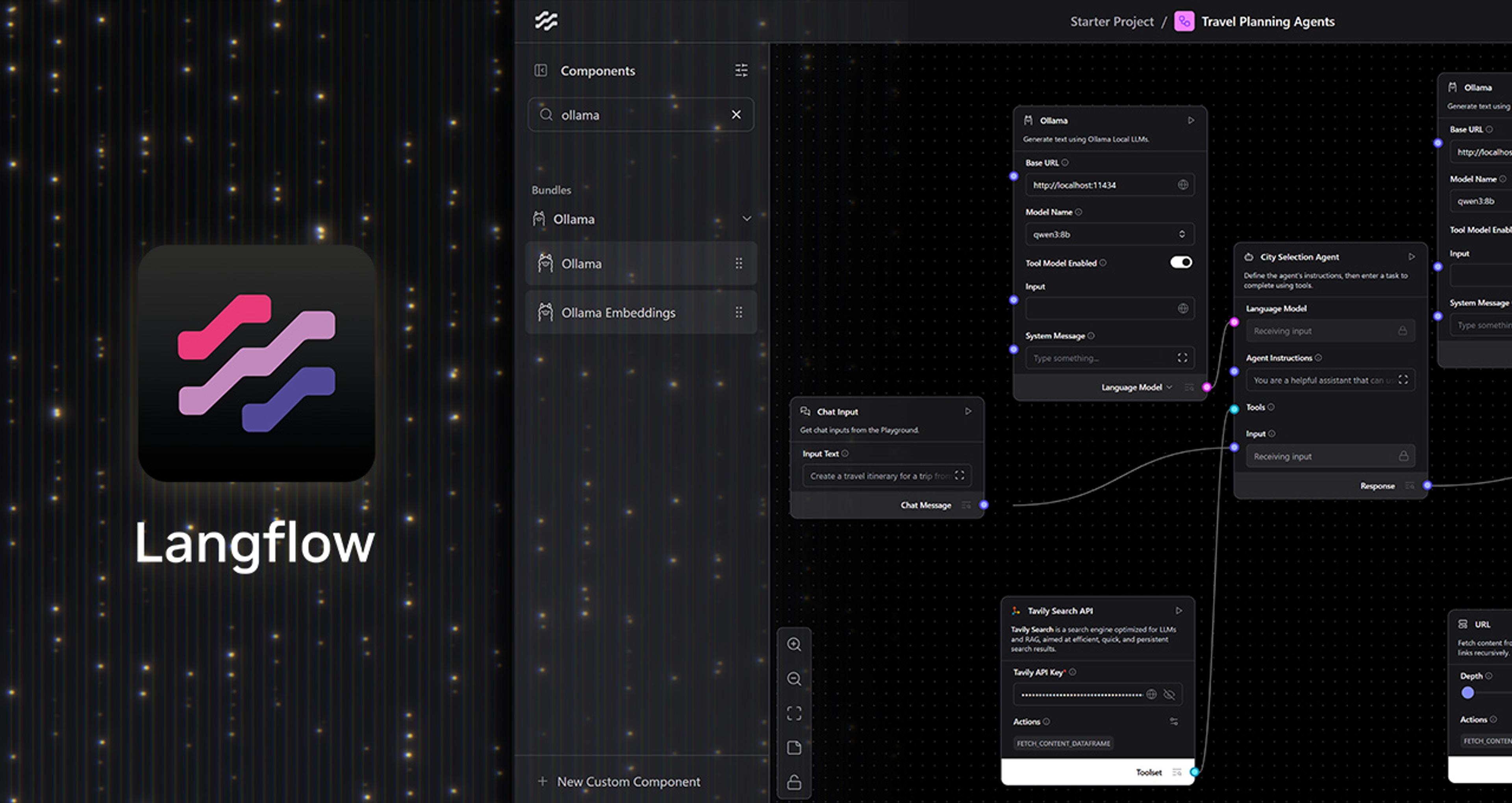Model context protocol (MCP) represents a new frontier in how software interfaces with AI models, especially large language models (LLMs) and agentic systems. As developers move from hand-crafted prompts and brittle API glue code to semantically rich MCP servers, new questions arise. Chief among them: how do we ensure that these new, AI-native interfaces are safe, precise, and scalable.
In this post, we draw from real-world enterprise experience and early MCP design discussions to explore how the lessons, patterns, and pitfalls from the API world are resurfacing in the era of autonomous agents.
A familiar evolution: From APIs to MCP
APIs were a critical step in enabling software interoperability. Standards like SOAP, REST, and GraphQL helped applications expose their capabilities to developers through well-defined contracts. MCP continues this tradition but adapts it for a world where language models interpret and invoke capabilities dynamically.
Yet the shift from human developers to autonomous agents introduces new threats and operational concerns. While APIs relied on documentation and deterministic invocation, MCP tools are interpreted and called probabilistically by reasoning agents.
Autonomy and flexibility don’t guarantee reliability, access control, or scalability. These must be intentionally designed.
What makes MCP different?
LLMs are the new interface layer
You’re designing for models that read every word. This means imprecise descriptions can result in misuse. The model's ability to act is tied to how clearly the tool's intent and context are communicated.
Every token is on the meter
Every model operation consumes compute. Poor design can lead to runaway costs, especially when an agent inadvertently triggers many downstream operations.
Semantics drive invocation
Rather than triggering an endpoint with a defined call, LLMs infer capabilities from context. Without careful design, this reasoning can be fragile or misaligned.
Key MCP concerns from the field
Tool scope and composition
Granularity matters; should tools be large and all-encompassing or atomic and composable? Atomic tools offer better traceability and safer invocation. Many developers prefer clear, step-by-step capabilities.
MCP description quality
You’re not authoring for a human; you’re authoring for a model that pays close attention to every word. Poorly written tool descriptions confuse the model, even if the tool itself functions correctly.
Agent overreach and repeated calls
Without guardrails, an enthusiastic agent can overload backend services by making too many calls. Cost-awareness and usage constraints must be embedded in tool metadata.
Shared vocabulary and context misalignment
MCP requires consistent, shared semantics. Tools using inconsistent naming (e.g., "Cust ID" vs. "CustomerNumber") can introduce reasoning failures.
Chain of invocation testing
Testing MCP tools isn’t like traditional API testing. Variability in model reasoning requires synthetic test suites, chain-of-thought validation, and human-in-the-loop QA.
Parallels with API management
To people familiar with the world of APIs, many of the challenges that arise with MCP will sound familiar.
-
Rate limiting: not just for users, but for agents issuing high-volume chained calls.
-
Circuit breaking: still relevant, especially for runaway call chains.
-
Composition patterns: complex workflows can be freeze-dried into new tools for predictability and reuse.
What worked in the API world still works—but only with adaptations. Where OpenAPI specs informed human developers, MCP descriptors must inform reasoning agents.
Design guidance from early MCP use
Use atomic tools where possible
They’re easier to monitor, debug, and reason about. They also allow users or agents to string steps together in ways that are auditable.
Log everything, and expect variance
Because the same input may yield different output based on model behavior, observability and tracing are essential.
Expose capabilities thoughtfully
Discovery is a feature—but one that must be scoped. Uniform description across API- and database-backed tools increases clarity, but also requires discipline.
Cache and constrain
Rate limits and caching are practical protections against costly agent behavior, especially when tools risk being repeatedly invoked without productive results.
Document semantically
Examples and context matter more than schema. Clear, goal-oriented language makes tool behavior legible to reasoning agents.
Final thoughts
MCP is a step-change in how systems expose capabilities to automation. But it doesn't eliminate the need for thoughtful, rigorous design. If anything, it increases it. Autonomous agents are only as good as the tools they can reason about and invoke. Poor design means failed outcomes, ballooning costs, and brittle behavior.
These are early days for MCP. But the architectural decisions made now—on testing, description quality, tool scope, and operational safeguards—will shape the AI-native software stacks of the next decade.
If you’re building MCP tools, don't just ask what your tool can do. Ask what it should do—and how clearly that can be conveyed to an agent trying to reason its way through your system.
Learn more about MCP and a variety of other topics in the AI Learning Center for Tech Leaders.




